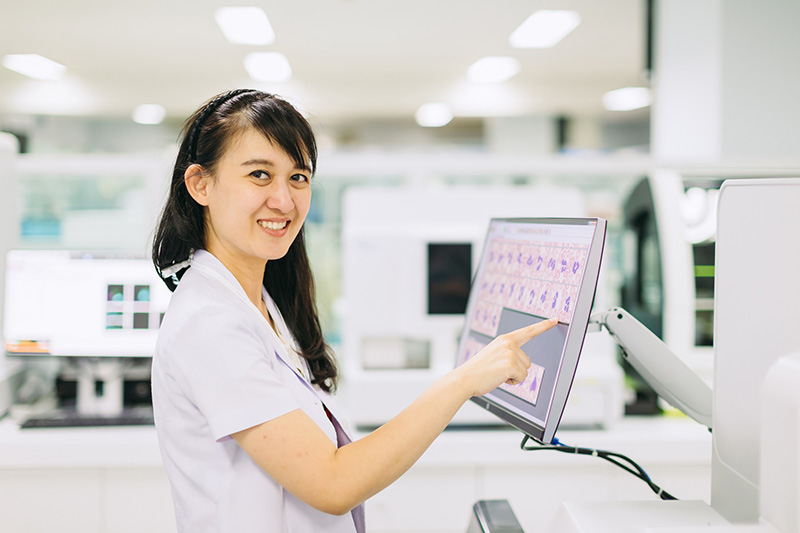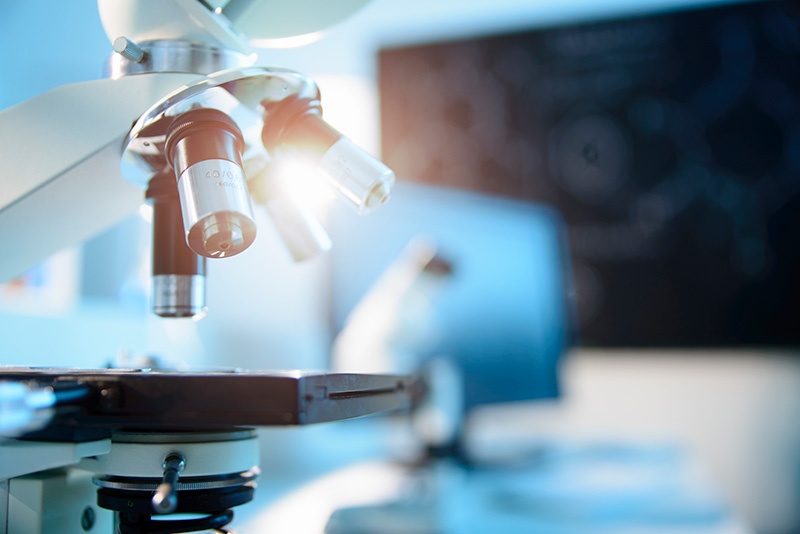Until recently, the practice of pathology has been entirely “human-driven”. Well-trained pathologists examine all tissues and arrive at diagnoses based on their application of learned criteria and experience. However, it is well-known that the accuracy of human interpretation can be hampered by subjectivity (inter-observer variability), inconsistency (intra-observer variability), and fatigue. Recently, the rise of digital methods in pathology has led to a growing interest in applying artificial intelligence (AI) to aid or even improve on the analysis of medical specimens. For the pathologist, AI has the potential to improve accuracy, productivity, and workflow by allowing the computer do what it does well: consume lots of data, recognize patterns, and perform automated analyses. Objective and reproducible specimen examination, along with
certainty
that all material has been “seen,” leads to greater accuracy. AI can be trained to identify specific features and present them selectively to human observers, leading to prescreening (“guided screening”) of specimens and promising improved workflow and productivity. And, finally, the “holy grail”: under the right circumstances, AI-driven systems can make novel observations of morphologic patterns in pathology specimens, potentially leading to new knowledge and ultimately computer-generated diagnosis. In this blog, we describe our general approach to applying AI to digital pathology specimens, detail some of the important steps involved in establishing an AI workflow, and discuss the potential benefits of AI.














 TOP
TOP